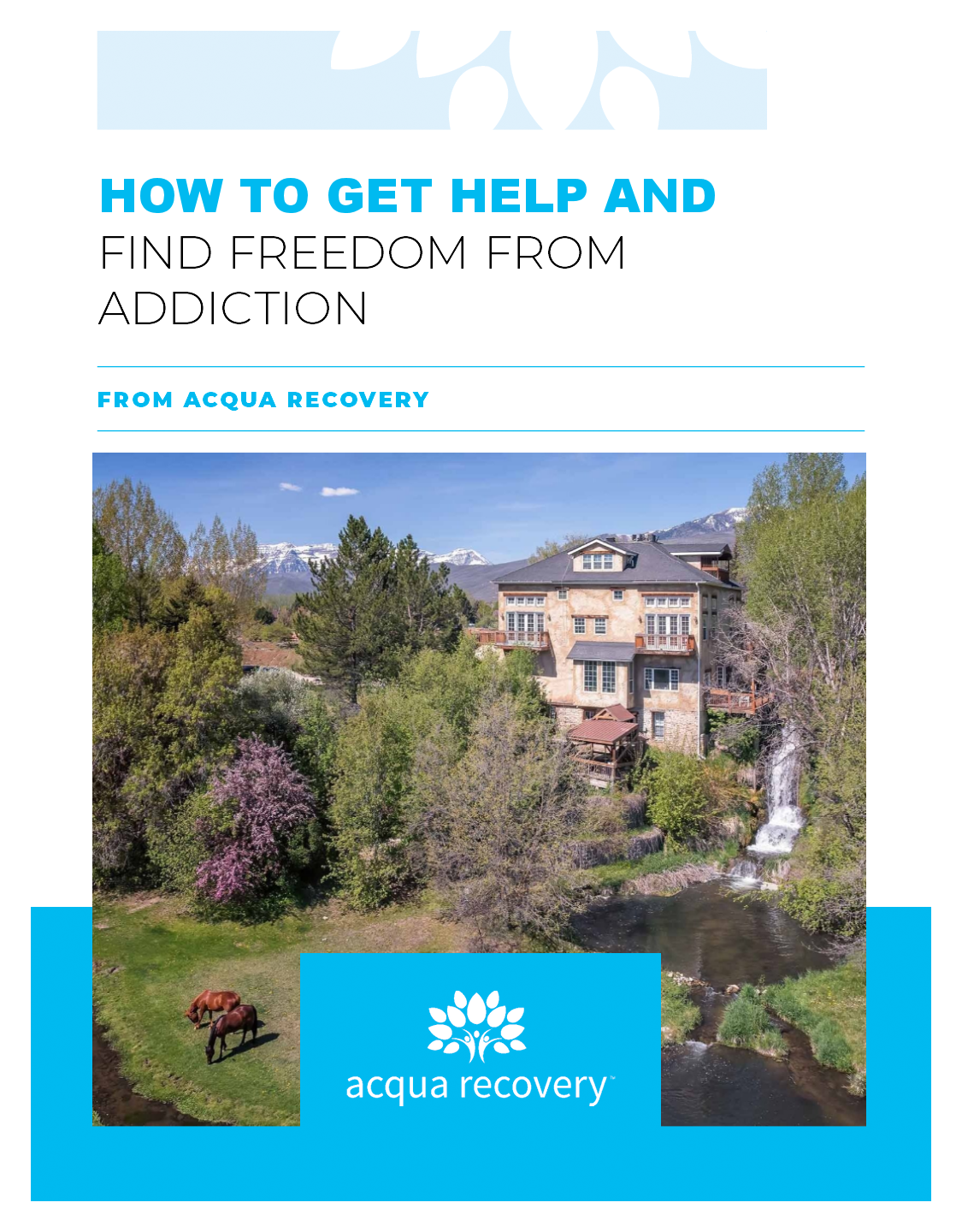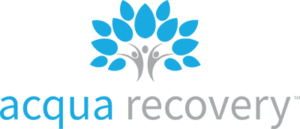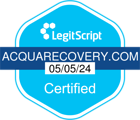If you feel like you’ve been drinking more since the beginning of COVID-19, you’re not alone. In a time of great turmoil, many people turned to alcohol in the hopes of quieting the anxiety, fear, and anger that were sweeping the world. However, as we approach the two-year anniversary of the pandemic, some are seeing those early bad habits blossoming into serious problems. If your drinking from home has crossed the line into alcohol abuse, do you know what to do to stop it?
COVID-19 & Alcohol Abuse
According to Nielsen, the week of March 21, 2020 – one of the first weeks of the pandemic – saw a 54% increase in alcohol sales nationwide. Three months in, a study published in the Journal of the American Medical Association found even more disturbing trends: a 19% increase overall in alcohol consumption from 2019 to 2020, and a 41% increase in heavy drinking for women in particular. The study noted that the results “highlight that health systems may need to educate consumers through print or online media about increased alcohol use during the pandemic…”
Why Did Drinking Increase During COVID-19?
Even in the best of times, people use alcohol to self-medicate feelings of anxiety, depression, boredom, and fear. Such emotions have run rampant during COVID. At the same time, legislative and market changes enabled new models of drinking.
Worldwide, liquor stores, distilleries, and other operations related to the production and sale of alcohol were classified as essential businesses even as other businesses shut down. Bars and restaurants were allowed for the first time to offer liquor “to go.” According to Nielsen, for example, “to go” sales of wine grew nearly 28% year on year from 2019 to the beginning weeks of the pandemic.Alcohol delivery exploded, too: Drizly (an alcohol delivery service) had a 450% increase in sales in the first 72 hours after the New York City Mayor closed bars citywide.
Meanwhile, the alcohol industry jumped on the opportunity, continuing advertising budgets with a new message: Drinking from home is A-OK. One Heineken campaign, for example, promised, “Fewer coffee breaks, more beer breaks.”
In this atmosphere, many easily gave in to the pressure.
Working from Home. & Drinking Too Much
The loss of structure provided by the in-office routine, combined with the isolation of pervasive lockdowns created perfect conditions for substance abuse in the early months of the pandemic. However, those conditions proved to be anything but temporary. Even by the end of 2021, nearly 70% of white-collar workers in the US were still working from home.
For those who were drinking from home as well, a full-blown addiction may be the result.
Quitting Drinking After COVID-19
If you started drinking more during COVID-19 and you’re finding it hard to pull back to pre-pandemic levels, there’s no reason to be ashamed. Alcohol dependency is a chronic illness like diabetes. Just like diabetes, it can be properly treated and managed. Depending on the severity of your situation, residential addiction treatment could give you the time and space you need to reset. If you’re not quite ready to commit to a full course of treatment, however, intensive outpatient addiction treatment, or IOP, will allow you to get part-time treatment that you can fit around your work schedule. It might be just what you need to refresh your life and get back on track once more. If you’re not sure of the best path for you, give us a call or send us a chat on our homepage.
Our caring, experienced team can explain all of the options available at Acqua Recovery, and how our Masters-level clinicians can help you undo the mess that COVID drinking has made.











